How to hide a GPS tracker on your boat

We live in a world of quickly evolving surveillance and counter-surveillance technologies.
In this post we are looking into what options you have to hide a GPS tracker on a boat.
Cue the James Bond theme and let’s get started.
Hiding a Tracker. That’s easy! Right?
At first, hiding a GPS tracker on a boat might seem simple. After all, boats have plenty of cavities, corners, and obscure crevices. You have many places to hide a small device.
But, your placement options are far more limited than you might expect.
Reception
Firstly, you need to place your tracker in a spot with good GPS signal reception. Ideally, it should be able to “see” the sky.
Placing a GPS tracker below deck can weaken its satellite connection. Placing it near metal objects or highly reflective surfaces can impact its accuracy.
You’ll especially notice bad reception from poor placement on rainy days. Because your GPS signal will already be diminished by thick layers of cloud. Don’t let your tracking system fail you when you need it the most.
Power
Your GPS tracker may be connected to your boat’s power supply. If this is the case, you don’t have that many placement options. Keep your tracker close to your power supply. Avoid long power cords that could help thieves locate your device.
Your tracking system may run on a rechargeable battery. If so, put it in an accessible place. You’ll need to remove and reinstall your device every time you charge it. If it isn’t in a convenient spot, you might not charge it as often. And it might not have a full charge in an emergency.
Of course, a solar-powered GPS tracker gives you many more placement options.
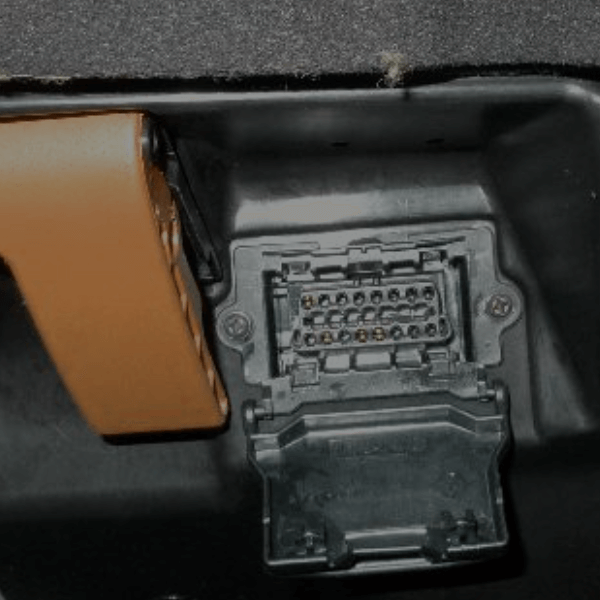
Low-Hanging Fruit
Avoid “standard” hiding places. If a hiding spot seems perfect to you, thieves might think so, too. Engine OBD ports, electrical junction boxes, beneath the boat’s battery, around the inside of a console door, or on the inside of an engine cover. These are places that may be high on a thief’s checklist.
Surveillance and Counter-Surveillance Technologies
In recent years, professional boat thieves have become very good at locating hidden trackers. They are fully aware that there might be a tracker hidden aboard. Maybe even more than one. They use sophisticated tools and methods to locate and disable GPS systems. These include:
- Metal detectors
- Toners
- Sweepers
- GPS Jammers
- GSM/Network Jammers
- Spoofers
- High-Voltage Generators
- And good, old aluminum foil
Worse yet, these tools are becoming more affordable and easier to obtain every year.
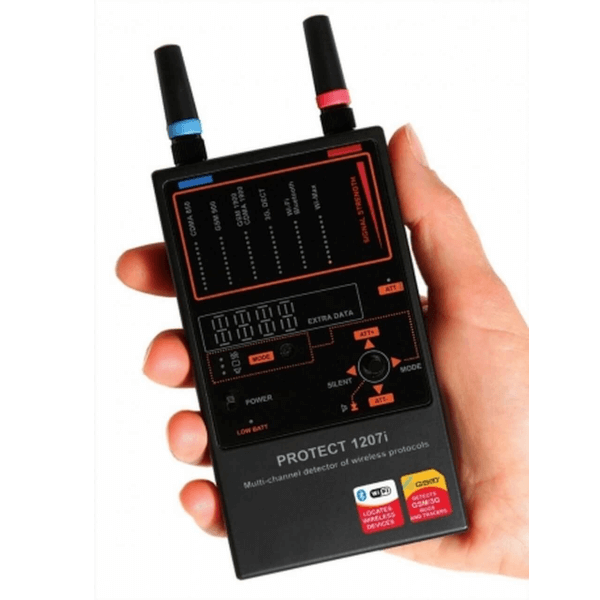
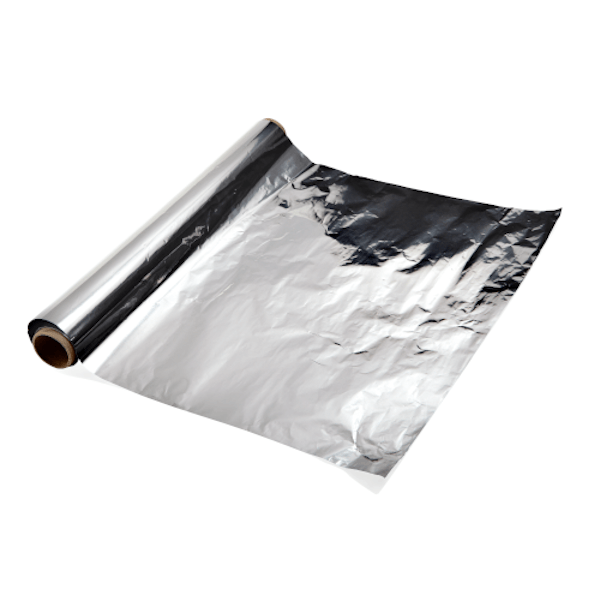
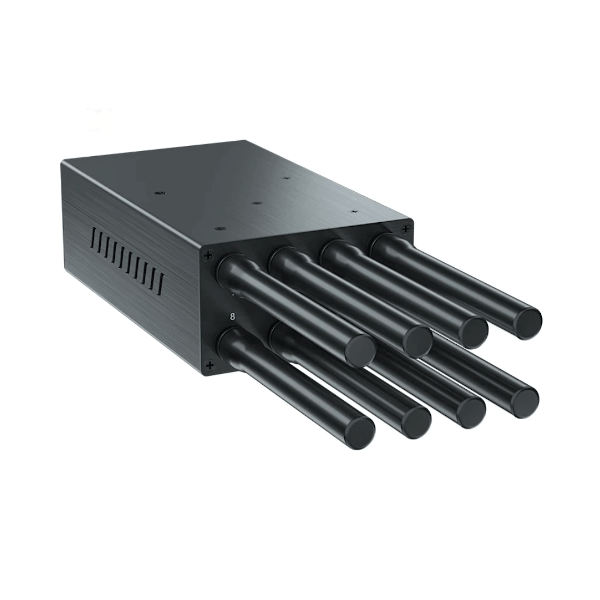
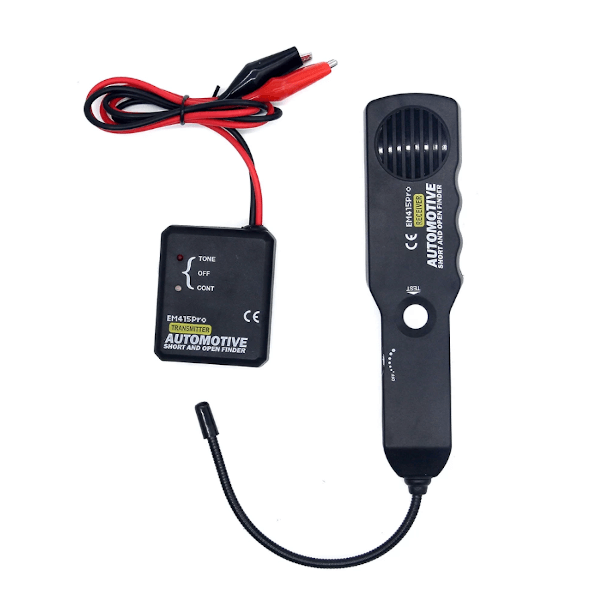
The Tools of the Trade
Thieves use GPS jammers to block GPS trackers or feed them with false data. Don’t place your tracking system below deck, where its reception is already weak. Your tracker will be even more susceptible to jamming attacks. Boat robbers also wrap aluminum foil around boxes, consoles, and other enclosures that might contain GPS trackers.
Baddies use frequency scanners to trace the signals trackers emit when connecting mobile networks. They use network spoofers to masquerade as cell towers. Spoofers trick GPS trackers into connecting to phony mobile networks.
Boat thieves use “toners” that inject high-frequency tones into power supply grids. This basically converts the wires into radiating antennas. Thieves can then trace them with a signal detector, and locate your tracker.
Thieves can also temporarily disconnect all essential electronics from a boat’s power grid. Then, they can use high-voltage generators to jolt any electronics still connected to the grid. That way they can disable trackers without even triggering the tracking system’s motion sensor.
Fortunately, this method will not work with solar-powered trackers. They aren’t connected to a boat’s power grid, and have no power supply cable that can be traced with a toner or metal detector.
Don’t Make it Easy
You can put a solar powered tracker almost anywhere. These devices don’t need to be anywhere near a power source. For example, you could put a solar GPS unit high up on a mast where it’s out of reach and hard to notice.
Thieves can have a hard time removing a solar tracker that’s placed high on your boat. You see, they don’t want to attract unwanted attention. Besides, climbing a mast at night can be downright dangerous and there are no good escape routes.
Make thieves think twice about your solar GPS security system and (at the very least) target a different boat.
WAIV’s Solar Powered GPS Trackers
You can place Waiv’s XStream trackers virtually anywhere on your boat. Up on masts and out of sight, they provide excellent reception with no need to pull them down for charging.


